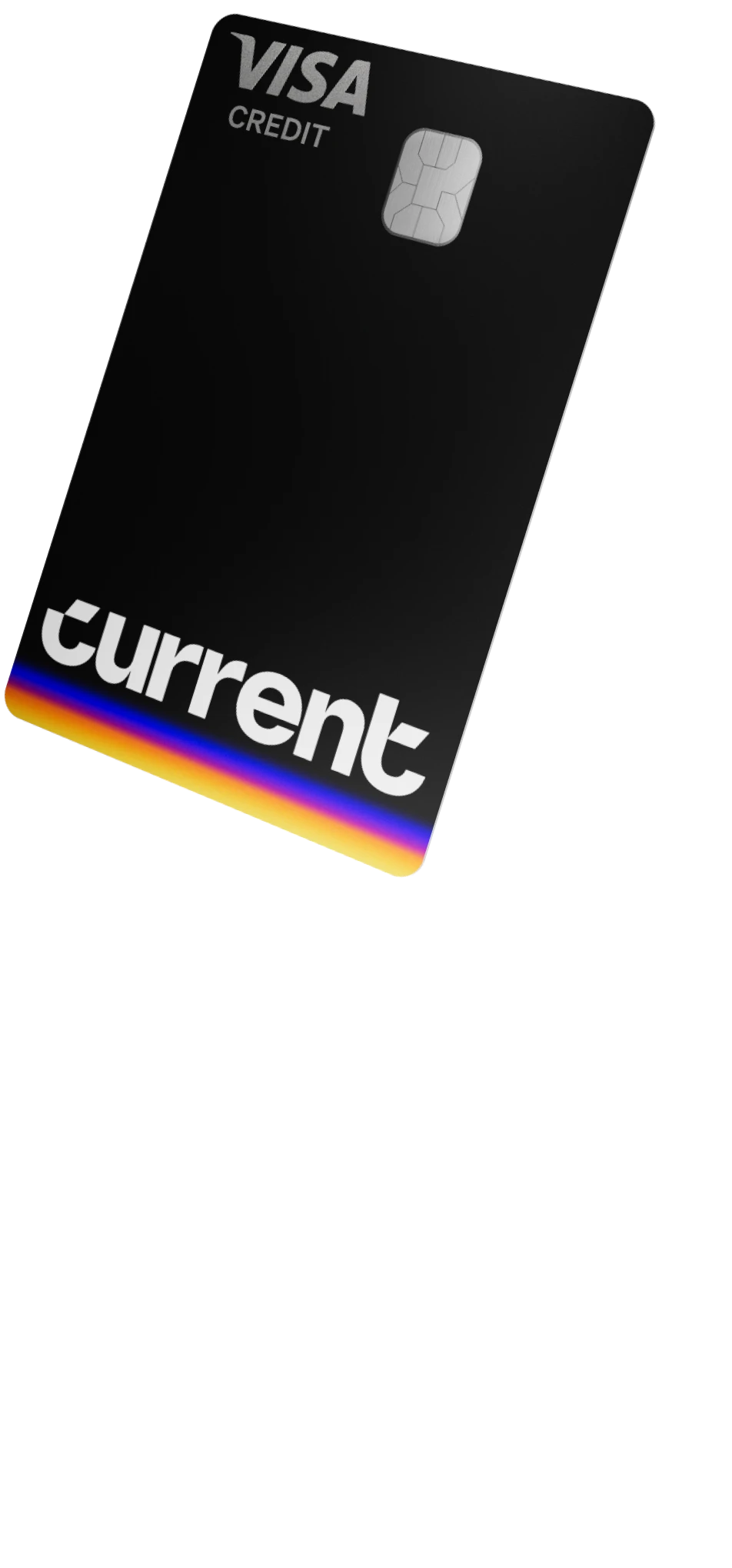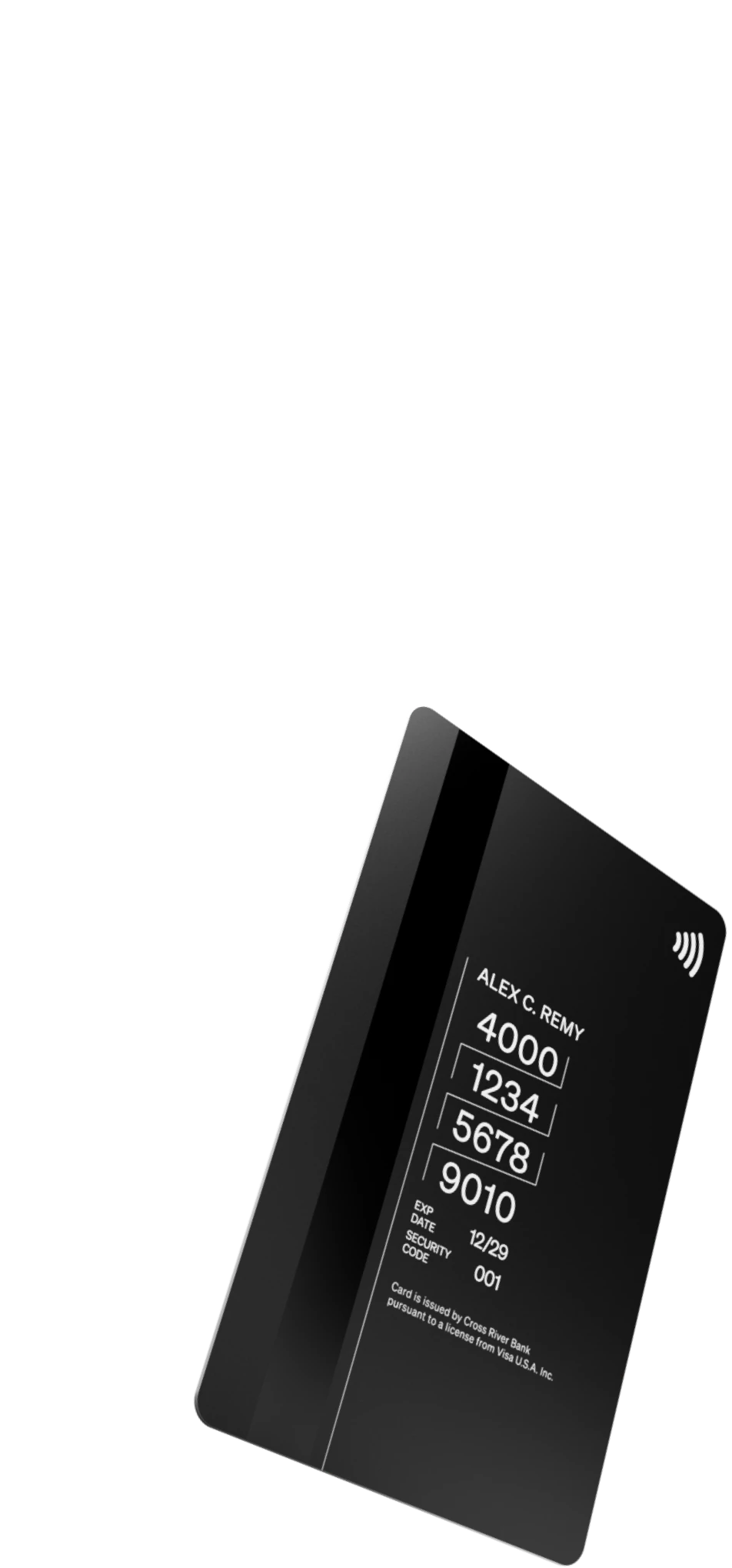How to Open a Free Checking Account With No Deposit

Opening a free checking account with no deposit is easy if you go to an online bank or a credit union. You’ll have to have some documents to verify your identity, and you will have to make a deposit into the account within 30 days.
How to Open a Free Checking Account With No Deposit
If you want to open a bank account with no deposit, you have some options.
Most banks do require customers to make a deposit in order to create the account — anywhere from $25 to $100 for a minimum deposit requirement — but some financial institutions, especially nontraditional ones, will allow you to open the account and make your first deposit later. This is more likely to be offered as an option with a checking account than a savings account.
Choose the Right Bank
To open a free checking account with no deposit, it is important to choose your bank carefully.
Online banks don’t have physical brick-and-mortar locations, which makes it less likely that they will require you to make a deposit when opening a checking account. This is because they have no overhead costs, so all the savings from not having to pay for electricity and maintenance are passed on to customers in the form of higher interest rates and lower fees. Additionally, because cash is not traditionally used in the online bank format, many online banks will readily allow you to open your account first before expecting you to have money on hand to deposit in the account.
Credit unions aren’t technically banks. They are nonprofit, member-owned organizations that tend to serve specific communities. They are not as numerous as banks, but they charge lower fees and have better interest rates.
Traditional banks have a lot they can offer: the convenience and accessibility of physical branches, as well as a full range of financial services. However, it might be harder to find such banks that will let you open an account without any money on hand.
Traditional banks make a good amount of their money through bank fees and minimum deposit requirements. This pays for their overhead costs, as well as supplies them with funds to loan for mortgages. A customer who wants to open a bank account with no money could easily be declined by a traditional bank since an account with no money doesn’t benefit the bank in any way.
What You Need
Even if you don’t have any money available when you open your account, the financial institution you’re working with will still likely want some documentation from you. You should prepare to show documents attesting to some or all of the following:
- Your home address
- Your date of birth
- Your Social Security Number or your Taxpayer Identification Number (some online banks don’t require an SSN but will ask for your TIN)
- Your driver’s license or some other form of government-issued identification
- Your previous address (if you have moved recently)
- Your telephone number
If you are under 18, you will need a parent or guardian to supervise your account. The bank may allow you to create a joint account with that person. Regardless, everyone who will be associated with the account will need to provide all the above information.
Once you have all the information you need to open your free checking account, simply get in touch with the bank to get started. You can do this in person, over the phone, or online. The bank might need some time to verify your identity and confirm the specific type of account you want to open (namely, a checking account with no deposit).
Putting Money in Your Account
You can open a free checking account with no deposit, but how will you actually fund the account? While many online banks and credit unions will allow you to open the account without a deposit, they will expect you to start adding funds to it sooner or later. Some might even close your account if it remains empty for a specified time, like 30 days.
So, how can you add money to your account? You can set up a direct deposit with your employer (by giving them your routing number and your account number) so they will send money directly to your account. Direct deposits are a big reason why many customers want to open an account without a deposit. They won’t be getting a check in the mail, and they want to have a place where their “digital paycheck” will be deposited immediately. If you use Current for your direct deposit, you can get your paycheck up to two days faster.
Online Checks and Payment Methods
You can also deposit a check online. If you have the paper check and the financial institution’s mobile app on your phone, you can simply log in to your account, take pictures of the check through the app, and submit the pictures for processing. Current’s mobile app also offers mobile check deposit for all members. Additionally, Current Pay allows you to transfer money instantly to another Current member.
You can also transfer money from another account. If you sign up with a service like Venmo, PayPal, or Zelle, your friends, family members, or even your employer can send money to those accounts, and you can then forward that money to your bank account. You will have to link your mobile payment service to your bank account, trusting them with your routing number and account number.
Linked ATMs and Prepaid Debit Cards
Of course, you can always use cash to make your deposits, but you obviously need to go to a credit union, a traditional bank that allows no-deposit accounts, or a linked ATM. If your online bank is part of an ATM network, you can find a linked ATM online, take your cash and a deposit slip, and then deposit the money at the ATM. If you're a Current member, you can withdraw cash from your account without any ATM fees at over 40,000 Allpoint ATMs in the U.S. and you can add cash instantly into your Current account at over 60,000 participating stores.
Other options include a prepaid debit card, which is useful if your online bank is not part of an ATM network. The prepaid debit card, by itself, does not give you access to any money. It will be linked to your (empty) bank account, and you can go to a participating retailer that allows you to add cash to the card, which you then transfer to your online bank account.
References
Just Opening a Bank Account Can Cost You—Here Are 2 Fees to Always Try To Avoid. (January 2021). CNBC.
How Do Banks Work? (October 2020). Forbes.
How to Open a Bank Account. (July 2020). Forbes.
A Direct Deposit Digitally Transfers Paychecks Into Your Bank Account So You Can Access Your Money Sooner. (December 2020). Business Insider.
How to Mobile Deposit a Check With Your Smartphone. (September 2021). US News & World Report.
PayPal vs. Venmo vs. Zelle: Is There Actually a Difference, and Which One Is Best? (December 2020). PureWow.
Prepaid Card vs. Debit Card: What’s the Difference? (February 2021). CNBC.




